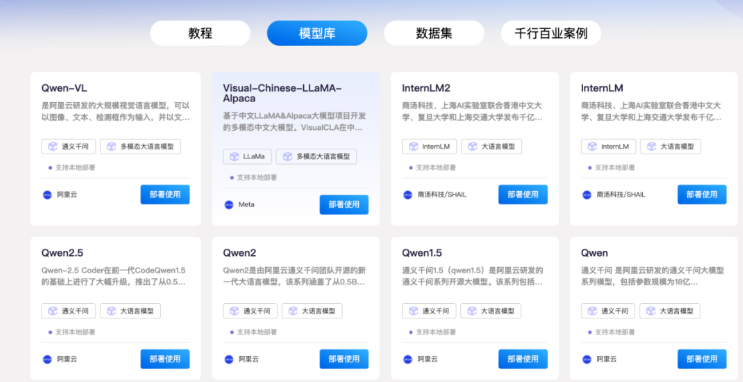Recently, Shanghai University launched a series of discipline-specific large models based on its "Qianxue Encyclopedia" AI smart platform, further promoting the application of artificial intelligence in education and research. These new models include the Shanghai dialect large model, organoid large model, material genome large model, among others, with the most notable being the Shanghai dialect large model "Xiao Hu," which will be released on November 9, 2024.
The 1.0 version of the "Xiao Hu" large model focuses on the listening, speaking, reading, and writing abilities of the Shanghai dialect, enabling features such as reading in Shanghai dialect and free conversation between Shanghai dialect and Mandarin, greatly enriching the scenarios for learning and using the Shanghai dialect. The launch of this large model is not only an important measure for the protection and inheritance of the Shanghai dialect but also provides a convenient tool for non-Shanghai dialect speakers to learn the dialect.

Shanghai University's "Qianxue Encyclopedia" AI smart platform consists of four main modules: "Qian Zhi Huiju," "Xue Wu Zhi Jing," "Bai Qiu Bi Ying," and "Ke Chuang Wei Lai." The "Qian Zhi Huiju" module aims to enhance new productivity through new quality production tools, while the "Xue Wu Zhi Jing" module focuses on reshaping educational models through AI + courses. Additionally, the "Bai Qiu Bi Ying" module features a unique knowledge base intelligent assistant, "Bai Xiao SHUer," providing precise knowledge support for students and teachers. The "Ke Chuang Wei Lai" module offers one-stop large model and computing power capabilities for research and learning.

All of this is made possible by the "Ziqiang 5000" supercomputing center built independently by Shanghai University, which utilizes high-performance computing technology to establish an efficient computing power cluster and management platform to meet the growing demands for data processing. The platform not only provides tools and interfaces for model training and inference but also supports the rapid development and deployment of AI projects, ensuring the efficient construction of generative AI applications in education and research.
Through the launch of these large models, Shanghai University has not only achieved breakthroughs in technology but also made positive explorations in cultural inheritance and educational innovation, demonstrating the important role of higher education institutions in the era of artificial intelligence.
